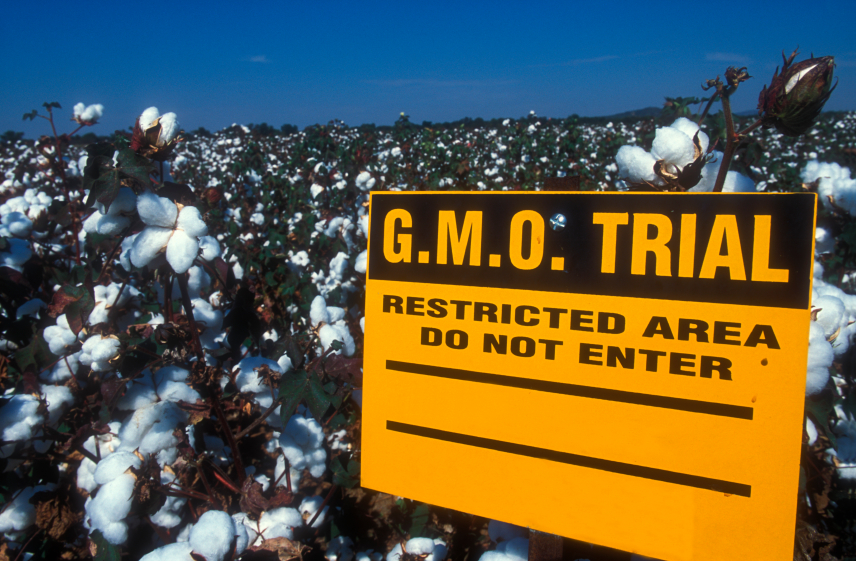Did the USDA just go rogue and open the floodgates to unlimited, unregulated planting of new genetically engineered crops? According to Tom Philpott at Mother Jones, it sure looks that way. And it may all be thanks to a new breed of Kentucky bluegrass that’s been modified by the Scotts Corporation to be resistant to Monsanto’s Roundup herbicide.
This happened because of the patchwork system the USDA and Congress erected to regulate GMOs. Believe it or not, the USDA regulates GMO crops as either “plant pests” — because most GMOs contain genes from viruses and other organisms considered plant pests — or as “noxious weeds” — because GMO crops could outcompete conventional plants. Indeed, there is no specific law that establishes a unique system designed from the ground up to regulate genetically modified crops (or meat or fish, for that matter).
First, Scotts convinced the USDA that because its Roundup Ready bluegrass doesn’t actually use plant pest genes, it shouldn’t be regulated in the same way as a crop that does. The USDA agreed. Then, the Center for Food Safety petitioned to have the USDA declare Scotts’ GMO bluegrass a noxious weed. There’s good reason to do so, as Doug Gurian-Sherman, senior scientist for the Union of Concerned Scientists’ Food and Environment Program, pointed out to Philpott:
Bluegrass has light pollen that can be carried for miles on the wind, meaning that genetically modified bluegrass can easily transfer its genes to established conventional bluegrass.
And like most grasses, bluegrass spreads rapidly. Anyone who has ever grown a garden can testify that it’s tough to get rid of unwanted turf grass. In fact, Scotts is also seeking deregulation of Roundup Ready bentgrass, another grass that has proven hard to control. In 2005, Scotts grew trial plots of its bentgrass in Oregon. It escaped the boundaries of the experimental plot and is still creating problems for homeowners miles away.
While the USDA admitted that GMO bluegrass could be considered a noxious weed by its own standards, the agency concluded that it’s not in fact a noxious weed since conventional and GMO bluegrass are basically the same — and conventional bluegrass isn’t considered a noxious weed. Did you catch the logical leap there? At the core, the USDA will not acknowledge that genetically modifying a seed has any real-world consequence. In other words, if GMO Kentucky bluegrass spreads far and wide and becomes the dominant form of bluegrass in yards and roadsides across the country, that’s no problem whatsoever.
Indeed, with its decision, the USDA appears to have swept away the current GMO regulatory regime. Why? Philpott explains:
Take away the plant-pest and noxious-weed hooks and the courts can no longer intervene. The industry gets free rein to plant whatever it wants — wherever it wants. This development worries Gurian-Sherman. “Will some companies still want to have the fig leaf of USDA regulation even if they’re not using plant-pest material? Probably,” he says. “But they don’t have to. It’s now their choice.”
That, of course, is assuming this rule stands. The courts and the USDA have been engaged in a running battle over GMOs for the last year and it’s possible the courts will smack down the USDA yet again over this decision.
But it’s clear that there is a pro-GMO faction at the USDA that doesn’t intend to stand in the way of industry’s campaign to force genetically modified crops onto the lawns and plates of Americans.



